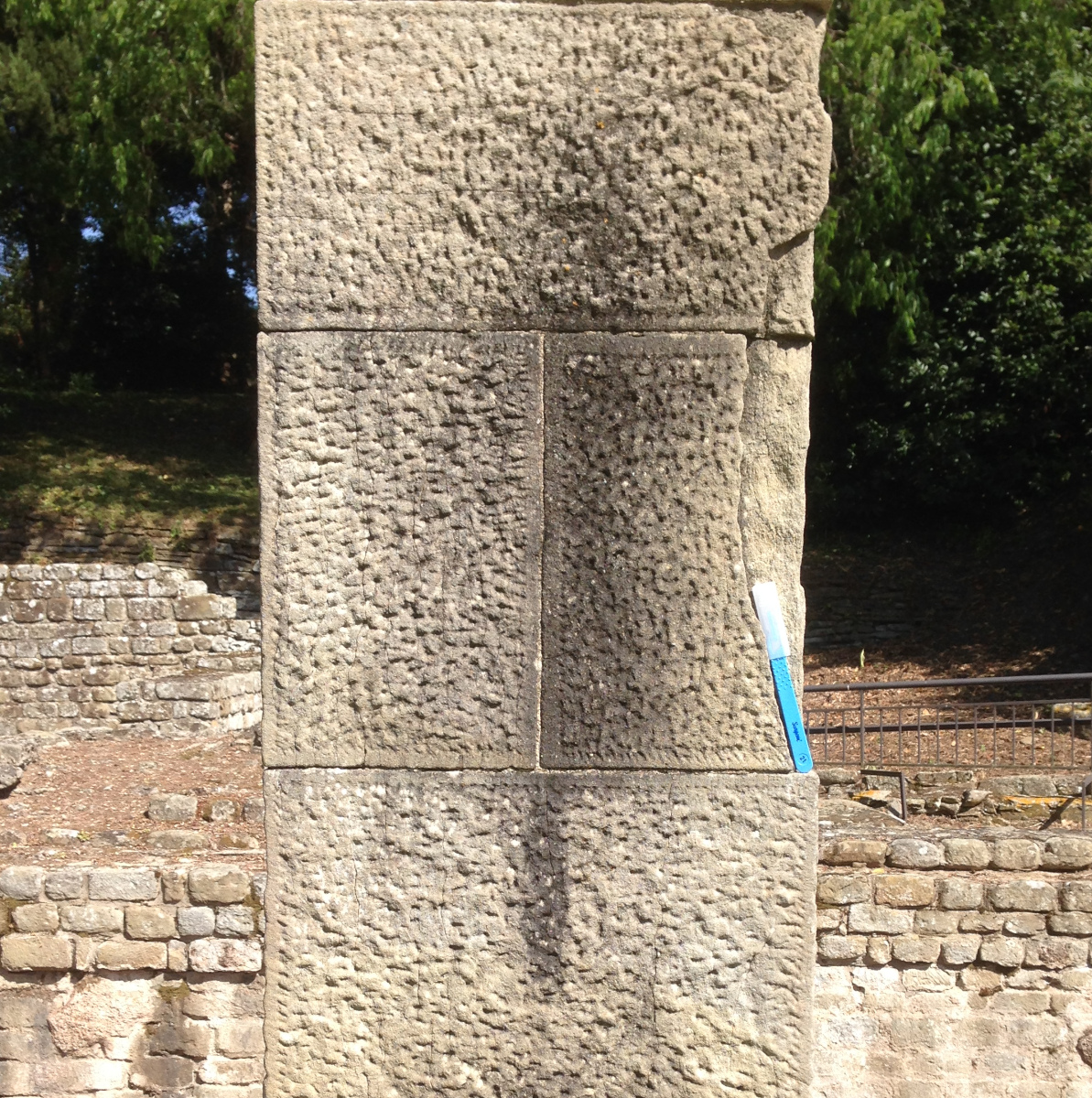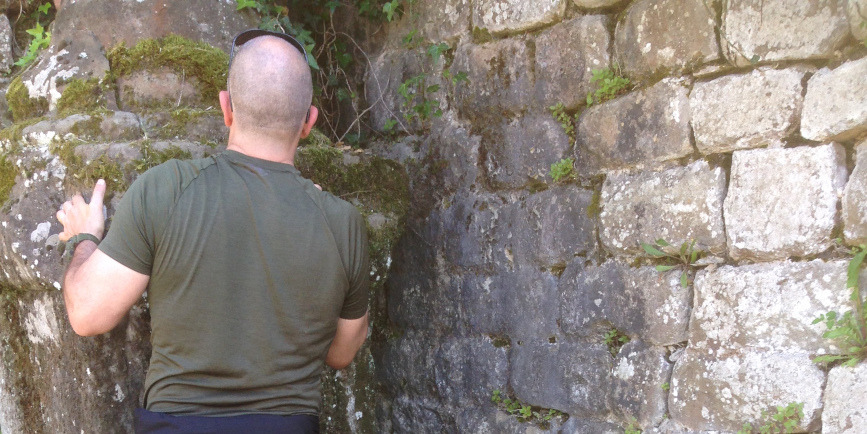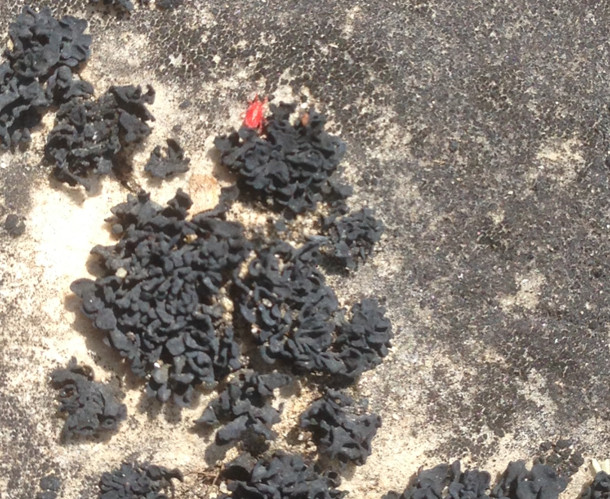- The Fascinating Duality of Lichen Reproduction
- Invisible Life on Rock Surfaces: Microorganisms at Work
- An Unstoppable Journey Through Time: Lichen Colonization
- Lichens: Nature's Little Allies (i.e., ecosystem services of lichens)
The Fascinating Duality of Lichen Reproduction

Lichens are truly unique symbioses! In asexual reproduction, the fungus and the alga travel together: they detach from the thallus already joined in symbiosis, ready to form a new lichen. But in sexual reproduction, it is only the fungus that produces spores. To form a new lichen, these spores must find a suitable alga in the surrounding environment... a meeting that is far from guaranteed!
-
Leggi di più...
Vegetative reproduction occurs through specialised structures such as isidia, small outgrowths on the surface of the thallus, or soredia, tiny clusters of fungal hyphae and algal cells released through breaks in the thallus's surface layer. Sexual reproduction involves only the fungal partner and takes place through reproductive structures called apothecia (cup-shaped) or perithecia (flask-shaped and immersed in the thallus), which disperse fungal spores into the environment. Once released and deposited on suitable substrates, these spores can give rise to a new lichen only if they encounter a compatible alga with which they can establish a symbiosis.
Invisible Life on Rock Surfaces: Microorganisms at Work

In addition to lichens, the stone surfaces at the site are also covered by mosses, which were among the first plants to colonise land over 400 million years ago. Along with these organisms visible to the naked eye, there are also thin, coloured patinas formed by microorganisms: these are biofilms, true microscopic communities that can only be observed with scientific instruments.
-
Leggi di più...
The biofilm in the image is mainly composed of photosynthetic bacteria (cyanobacteria), as well as green algae and various types of fungi. In addition to colouring surfaces, biofilms can interact with the stone, causing slow deterioration, both physically and chemically. However, when they do not pose a direct threat to the conservation of materials, these microscopic communities may be considered an added value (both culturally and ecologically) enriching the site's heritage.
An Unstoppable Journey Through Time: Lichen Colonization

Recolonisation after lichen removal treatments is an inevitable process, although its speed depends on the characteristics of the substrate and the microclimate.
-
Leggi di più...
Although the process can sometimes be slowed by preventive measures, under humid microclimatic conditions, new colonies of cyanobacteria, algae, and fungi can typically be observed within a few months after removal treatments. Within one or two years, small lichen thalli often reappear. Different degrees of lichen (re)colonisation in drier and wetter areas can be seen in the various parts of the archaeological site (e.g. on the different sides of the cavea).
Lichens: Nature's Little Allies (i.e. ecosystem services of lichens)

Lichens play a key role in many ecosystems. Some species, thanks to the presence of cyanobacteria, are among the few organisms able to convert inorganic nitrogen into a form that plants and animals can use.
-
Leggi di più...
Cyanolichens, thanks to their cyanobacterial partners, are capable of fixing atmospheric nitrogen and converting it into a form accessible to other organisms. This makes them an essential resource even for the site's tiniest inhabitants, such as mites and other microinvertebrates, which find in lichens not only a food source but also a perfect microhabitat. Moreover, lichens are valuable indicators of environmental quality. The presence of a wide variety of lichen species usually signals clean, unpolluted air. Some more resilient species, however, can survive even in polluted areas and accumulate airborne substances in their structures, thus helping to estimate atmospheric pollution levels.
